In recent years, a quiet yet powerful cultural movement has been taking shape in the tattoo world: the rebirth of Aztec and Mexica-inspired tattooing. At tattoo conventions from Los Angeles and New York to Mexico City, more and more people are choosing to carry ancestral history on their skin. Their bodies become living archives, honoring ancient knowledge, oral traditions, cosmologies, and identities that were often erased, rewritten, or romanticized through colonial narratives.
.jpg)
Among the individuals helping bring this movement forward is Pedro, originally from Ciudad Nezahualcóyotl, a city historically known for its working-class roots, resilience, and cultural diversity. For Pedro, tattooing is not about trends or aesthetics; it is about belonging and reclaiming a past that was fractured but never lost.
"My back tells the story of how the Mexica left Aztlán and found the sign that led them to their city," Pedro explains. "It’s like a film scene, a whole narrative carved into my skin."
Today, over 60% of Pedro’s body is tattooed, each piece chosen for its meaning, lineage, and spiritual resonance. Among them is Ollin, a symbol of movement, life force, and the balance between body, spirit, and consciousness; the Stone of Tízoc, linked to power, rulership, and cosmological order; and the Fire Serpent of Huitzilopochtli, the divine weapon of the god of the sun and war.
"To me, Huitzilopochtli is like an Aztec Christ figure," Pedro says. "The stories are parallel; only the names were changed."
.jpg)
Pedro notes that many people never learned this history not because it did not belong to them, but because it was kept from them, dismissed, mocked, or distorted.
"People have been shamed for how they speak, how they look, where they come from. But this art shows we come from something vast, complex, intelligent. Our culture is world-class. Our ancestors built civilizations."
When Pedro attends tattoo conventions, he often receives recognition simply for representing his culture, even before technique is discussed. His tattoos spark questions, conversations, and curiosity. His skin becomes a teaching space.
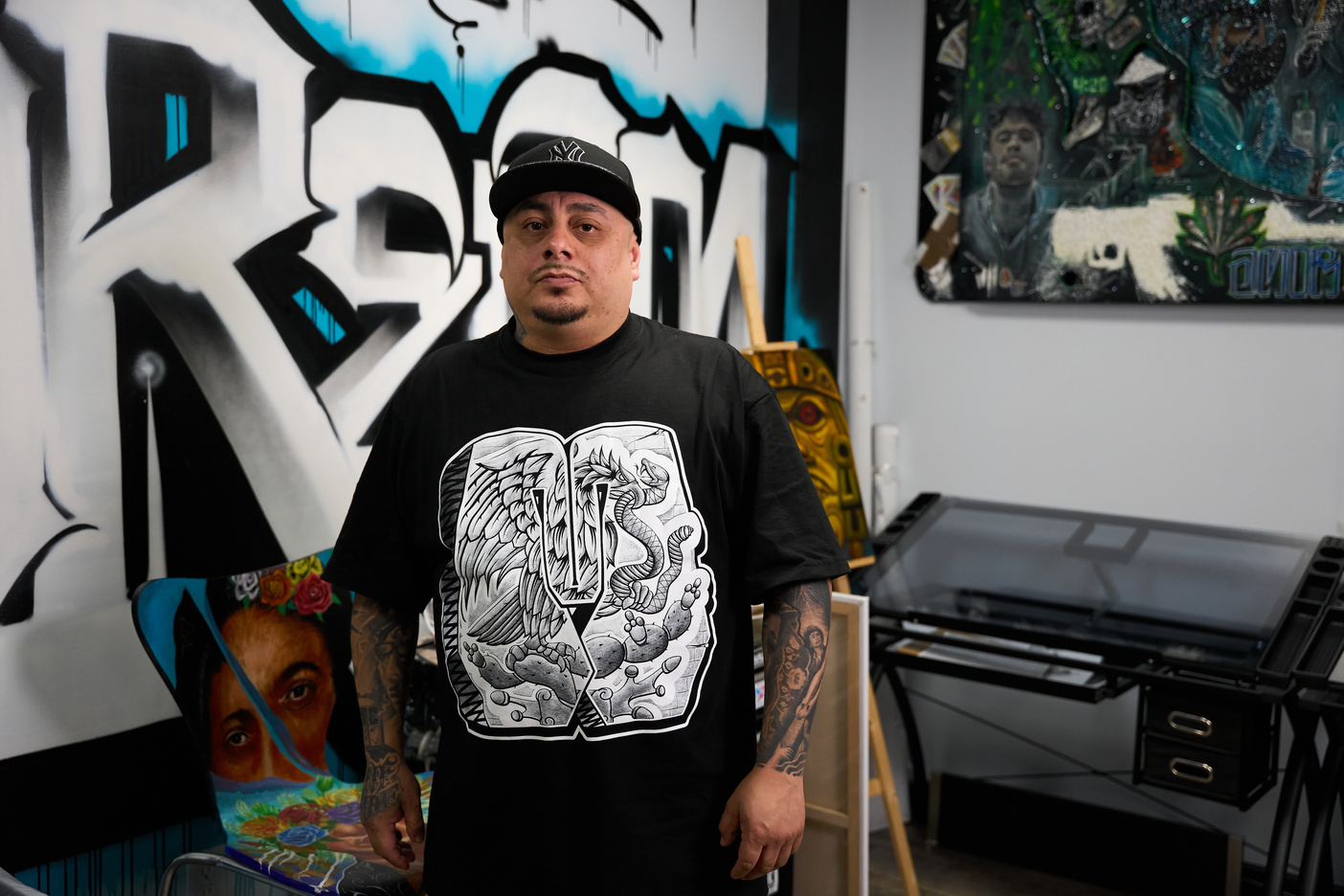
The Azteca tattoos on Pedro’s back and sides were created by Snapy, who works alongside the tattoo artist Fantasmita at JP Ink Studios in New Jersey. In this story, the Chicano pieces on Pedro are by Fantasmita, who will also be working on new Azteca designs for him.
Fantasmita: The Tattooer Who Carries the Language in His Blood
If Pedro is the body that bears the history, tattoo artist Fantasmita is the voice that reads it aloud. Born in a rural community in the state of Guerrero, Fantasmita grew up speaking Nahuatl, the same language spoken by the Mexica before the Spanish conquest. Before he learned Spanish, he learned the names of the gods, the words used in prayer, and the vocabulary of memory.
"Nahuatl is my first language," he says. "That is why pre-Hispanic art speaks to me. I understand it from its root."

Many of his clients come to him not just for a tattoo but for cultural grounding. When he describes the meaning of Quetzalcóatl, the Flower Prince Xochipilli, the Jaguar Warriors, or Mictlán, the realm of the dead, something shifts. Clients do not simply choose a design; they reconnect with a part of themselves. Yet Fantasmita has also witnessed how Nahuatl is fading among younger generations, often discouraged due to historical stigma.
"Some people stop speaking it because they were made to feel ashamed," he says. "But our language is beautiful. It deserves to live."
.jpg)
His tattoo work reflects that belief. His technique draws inspiration from carved volcanic stone, ceremonial sculptures, temple reliefs, and codex iconography. He studies the texture of stone to replicate its shadows and erosion on skin. He uses round shaders to build rough, carved depth, then magnum needles to soften the edges, making the skin resemble aged stone.
This is not a style that can be easily replicated or mass-produced. Few visual references survived the burning of codices and the looting of temples during colonization. Much of what remains is scattered across museums in Europe and the United States, often without context or Indigenous interpretation.
Therefore, tattooers like Fantasmita must research, reinterpret, and reconstruct this knowledge piece by piece. It is genuine cultural reconstruction. When he works on Pedro’s tattoos, the result is not just an image; it is continuity.
.jpg)
The revival of Aztec tattooing is unfolding alongside a broader cultural movement in Mexico: the return and revaluation of the Nahuatl language. In 2025, Mexico City introduced Nahuatl programs in elementary and secondary schools, marking a significant turning point. After centuries of suppression and erasure, the language of the Mexica is being taught openly, formally, and with pride.
What is happening in classrooms is mirrored in the tattoo world. Pedro, who carries the story of his people on his skin, and Fantasmita, who helps others understand these symbols through language and tradition, represent the first generation of artists bringing Mexica heritage into contemporary tattooing.
Their work is not driven by nostalgia or decorative folklore. It is not about creating exotic imagery. It is about reconnecting with roots, restoring a disrupted line of continuity, and allowing a culture to grow and evolve in new spaces.
.png)
Aztec tattooing is still an emerging and under-studied art form. It is often misinterpreted or reduced to a set of visual clichés. But thanks to artists like Pedro and Fantasmita, this tradition is finding new life. Together with the return of Nahuatl to schools, it is becoming part of a broader movement focused on recovering and honoring cultural heritage.
And now, as ancient symbols reappear on skin, in language, and in everyday culture, it becomes clear that this is not a disappearing past. It is living knowledge, being learned, shared, and carried forward — including through tattooing.
.png)
This story was created by Quentin Challier, a New York–based photographer and videographer originally from France and raised in the Dominican Republic. His background between Europe and the Caribbean shaped his visual style, blending fashion, music, and tattoo culture into a unified aesthetic. In New York, he has focused on tattoo-centered photography and video, working with Inked NYC, InkedMag, Freshly Inked, and renowned artists around the world. We thank Quentin for his contribution and for bringing his distinct creative perspective to this story.


.jpg)
.jpg)
.jpg)
.png)
.png)

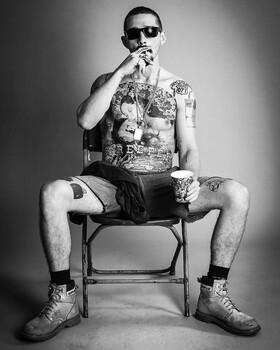
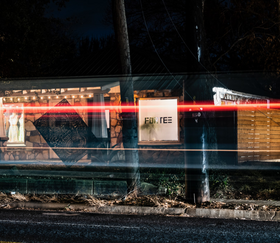
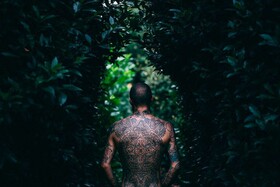
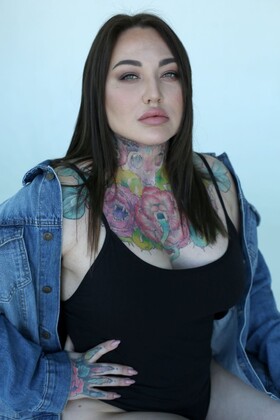
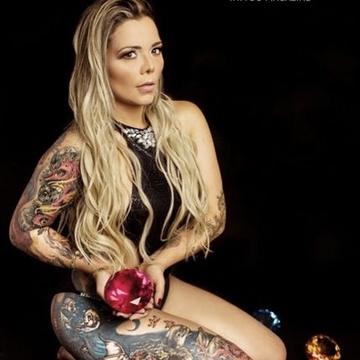
Comments (3)